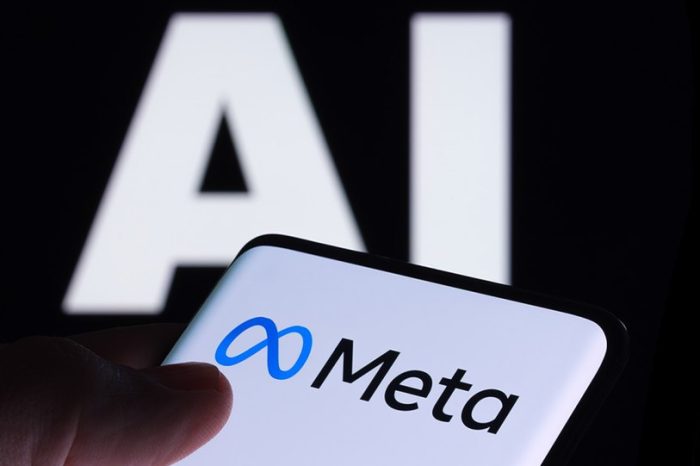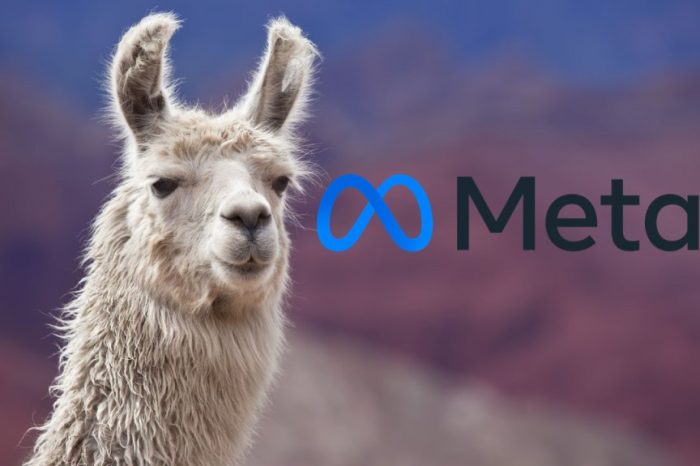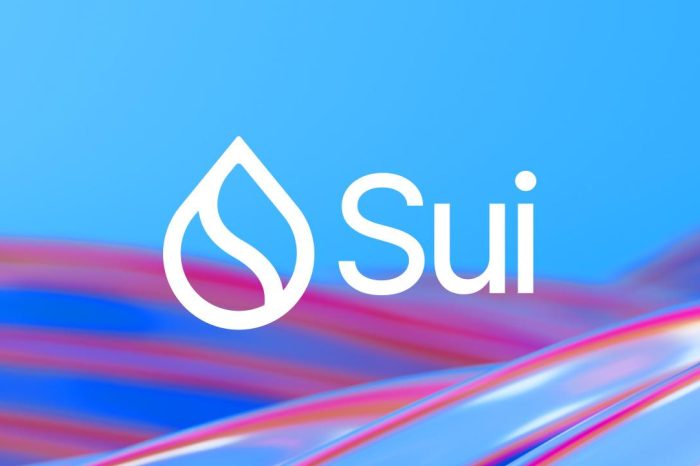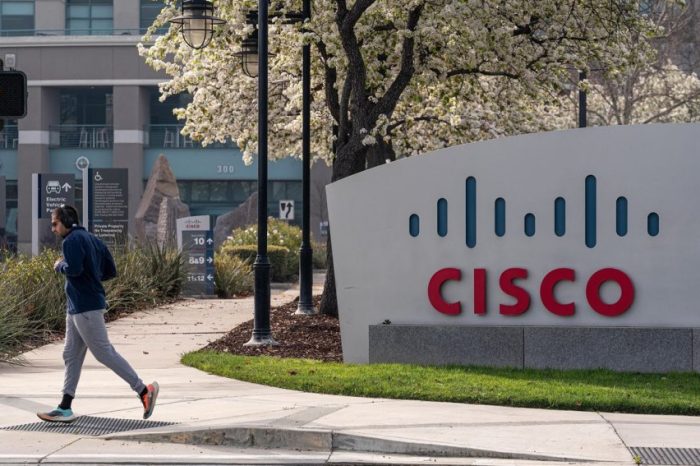Social networking in the Web2 era has failed in a number of ways. While centralized platforms like Facebook, Instagram, Snapchat and TikTok offer users a lot of great features, they suffer from a number of drawbacks: little to no anonymity or privacy, few rewards for content creators, no community input and censorship concerns. In a time where a few social media giants control everything, the drawbacks that users face on these platforms almost feel unavoidable.
To reclaim social media, Web3 presents a unique opportunity to solve the issues that centralized platforms can’t or don’t want to. This can already be seen on several Web3 apps across the NEAR ecosystem. Niche, for example, is a NEAR-based social media app designed for members, not ad revenue generators.
For NEAR Protocol, Web3 is a major opportunity to evolve social networking for the better. While better Web3 social apps already exist on NEAR, the future of Web3 social networking will also be explored on NEAR’s Blockchain Operating System (BOS). Projects like NEAR Social, an on-chain social network with a widget framework, demonstrates the strong foundation NEAR provides for decentralized social.
NEAR Foundation’s mission is to remove every barrier for Web3 creators by providing an ecosystem that is uniquely simple, safe, scalable and sustainable. While these are still early days for Web3 and NEAR, long-term commitments both in time and resources will help to deliver on the promise of decentralized technology.
The future of Web3 social networking
Web3 social networks pose a significant threat to the Web2 social media giants of today. The threat is not just in the fact that they can compete, but in the additional power Web3 social gives users that Web2 social cannot. Specifically, Web3 social has the power to let users create and earn, provide community decision making and building, enhance privacy and limit censorship.
Community decision making and building
The power of Web3 social networks to enable decentralization and community-driven decision making is undeniable. With the implementation of DAOs and similar mechanisms, it’s becoming increasingly easy to put decisions back into the hands of the community. This shift will lead to an exponential growth of trust and collaboration, as these features are no longer being controlled by centralized gatekeepers.
Web3 social networks will also provide an avenue for communities to build and engage with each other, allowing for organic and self-sustaining growth. These networks will make it easier for people to express themselves, allowing for the development of unique features that further enrich the user experience. Ultimately, these networks are providing a platform for a truly decentralized, community-driven world.
Create and earn
The days when Web2 social networks profit off users without providing any form of compensation are numbered. In sharp contrast to the traditional social network’s rent-seeking practices, Web3 opts into a user-owned model, where users have the opportunity to monetize their content and receive compensation for engaging with other people’s content.
With Web3 social networks, smart contracts allow creators to decide how they want to earn from the content they produce, while those simply browsing content can also be rewarded for their engagement and interactions.This development is a major step forward for the creator economy, providing users of all kinds the incentive to stay active and engaged with the content and community.
Enhanced privacy
Increased decentralization and community input provides users with better privacy controls and features. Web3 social networks empower users to decide for themselves how they share their data, without ever having to sacrifice their anonymity. This decentralized approach allows users to take full control of their data and better protect their privacy.
With more transparent privacy protocols, users can feel confident that their data is securely protected and that their decisions regarding how it’s used are respected. By allowing users to decide how much or how little their data is shared, the value of their data increases, and the users are rewarded in return for the data they provide.
Less censorship
The decentralization of social networks has the potential to reduce instances of censorship, while providing users with more direct pathways to challenge it. This type of community-driven decision making would allow for a more nuanced understanding of what kinds of speech and content should be considered censorable – all at the discretion of those who exist on the platform, and not by some behind-closed-doors algorithm.
In Web3 social media, people’s rights to self-expression are both protected and respected, as users can then work together to finetune what should be considered appropriate or not. Ultimately, decentralization of social networks could lead to a more equitable, safe and free environment for people to engage in meaningful dialogue.
What is NEAR Discovery?
Web3 needs a seamless gateway for mainstream adoption. NEAR is transforming into a Blockchain Operating system, and NEAR Discovery is the front-end layer. NEAR Discovery will create the easiest point of entry into Web3.
Combining the best features of a social network with a commerce platform in a single composable experience, NEAR Discovery will allow users to access apps, communities, tools and more through a seamless, interconnected universe. NEAR Discovery’s Web3 social networking features will make it easier to find and build communities across the NEAR ecosystem, engage in shared interests and earn along the way.
Why NEAR is a leader in this space
Providing a developer-first experience, NEAR Protocol is an easy-to-onboard-and-use platform for builders and adopters of Web3. Combined with NEAR’s core technology, including Nightshade sharding, NEAR is a provably scalable, fully decentralized solution far ahead of its competitors.
Through the blockchain operating system and NEAR Discovery, it will be easier than ever to create Web3 social networks with real value. Many of the blockchain operating system’s building blocks already exist, like NEAR Crowd, a gig economy platform, and NEAR Social. And NEAR is cultivating a bottom-up, grassroots approach for 2023, empowering the community to invest in its own expansion through grants, primarily through three major community DAOs: Developer DAO, Marketing DAO and Creatives DAO.
In the new year, NEAR Foundation will also form an early-stage accelerator that will provide support to promising projects and founders on NEAR in areas including education, tech, hiring, legal, UX and GTM guidance, setting them up to grow into the landmark Web3 projects of tomorrow.











